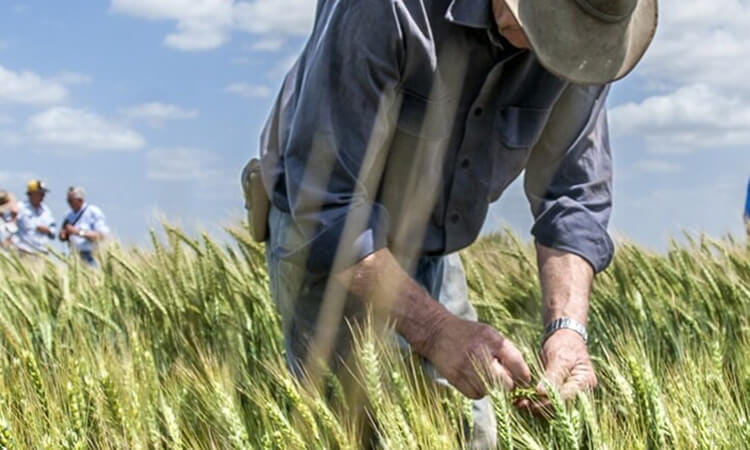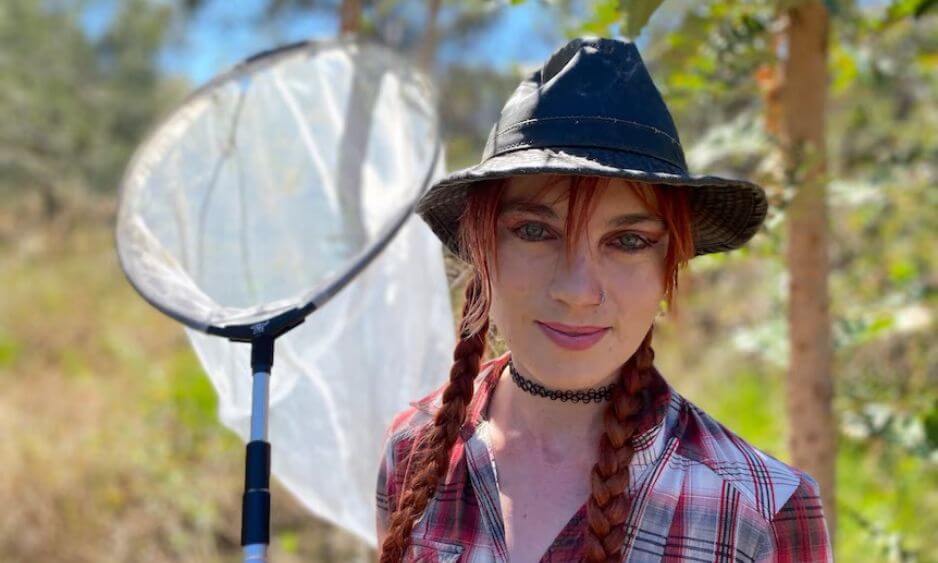Australian farmers deal with one of the most variable climates in the world, however growers have more than just extreme weather to contend with.
Microscopic worms, known as root-lesion nematodes (RLN), attack many of the cereal and pulse crops grown in Australia for domestic consumption and export.
These nematodes can cause large-scale damage, currently costing Australian wheat production $123 million a year, reducing yields and making farming systems less profitable for growers.
They cause devastating losses for growers, who can lose up to 50 per cent of their wheat yield if they plant the wrong variety in a nematode-infested paddock.
Loss in profitability for farms on a wide scale makes rural communities less sustainable.
Nematodes attack a wide range of crops and because of the wide host range, are difficult to manage.
Chemicals are expensive and toxic to fauna and are therefore not a viable option.
University of Southern Queensland (UniSQ) researchers are using a variety of methods to solve the remaining losses, including targeted plant breeding to bring better sources of resistance from landraces of wheat from the Middle East and wild relatives of chickpea from Turkey.
The savings from the implementation of past research results on management involving crop rotation and the use of tolerant wheat varieties is valued at $310 million annually.
Chickpea originated from wild species as a crop in Turkey some 10,000 years ago. Today scientists have found these wild relatives of chickpeas to be a valuable source for genetic resistance to disease that could be exploited to improve chickpea for growers.
Conducted through UniSQ’s Centre for Crop Health, this project is one of several in Australia funded by the Grains Research and Development Corporation to work on these wild relatives of chickpea.
The project is linked to an international consortium involving scientists from around the world including the United States, Turkey, Ethiopia and India.
UniSQ research will continue to deliver resistant and tolerant parents of wheat, other cereals and pulses to Australian breeding companies for developing varieties for future growers’ use.
Joint research between UniSQ and CSIRO has provided a number of key insights into how the distribution and longevity of this soil pathogen can significantly decrease the yield of susceptible crops within the ‘Nematode life-cycle population model case study’. Pratylenchus thornei is a root-lesion nematode that feeds on plant roots and is estimated to be present in about two-thirds of fields in the northern grain region.
By combining existing data on how climate and temperature influences the rate of population growth, with findings on how nematodes interact with different crops and populations decline during fallow, UniSQ and CSIRO researchers have developed a life-cycle population model.
This model is able to provide farmers with an accurate prediction of population decline, if the initial population is measured after harvest.



